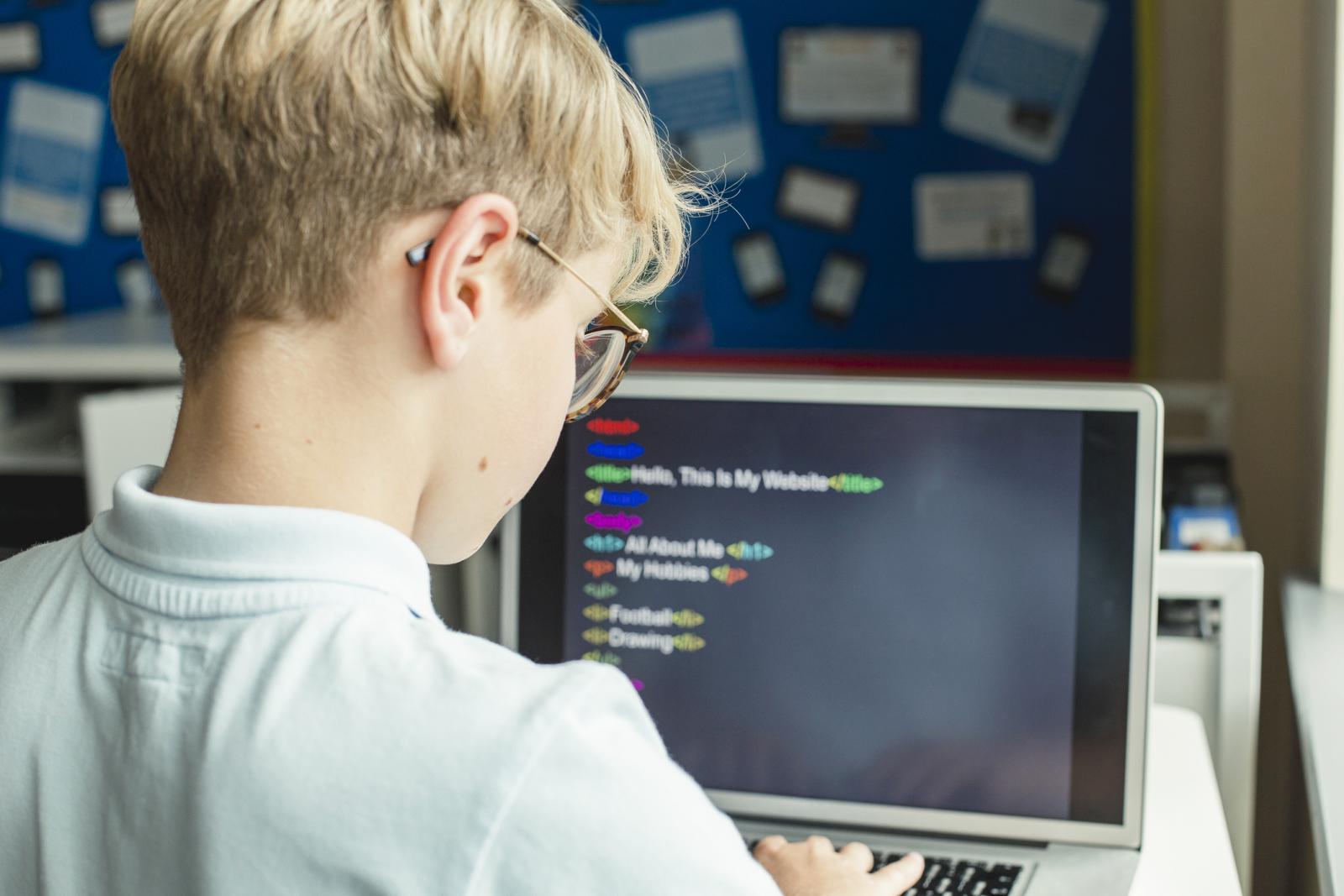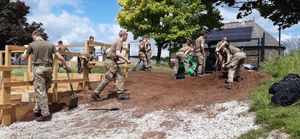Coding became part of the UK’s computing curriculum in 2014, with children as young as five being taught programming skills. Since then, there has been a real push towards this new-look syllabus for pupils in primary and secondary schools – and the results so far have been interesting to say the least.
Most recently, one group of primary school pupils won a prize at a Raspberry Pi coding competition, while two more pupils from a different school have used their knowledge to take pictures of Earth from the International Space Station. These successes show that young people are engaged and interested in coding.
Whether you’re a parent or a teacher looking for ways to get your children interested in coding, here are some top tips to get you started.
Why is coding beneficial?
Coding from a young age has many benefits. First, it develops many skills that can be used in different settings, such as problem-solving skills, creativity, logic, and technical competence. It also builds soft skills, such as confidence and communication – especially when they’re working as part of a team to creating a programme.
Another major plus-point is that those with a competence or aptitude in coding and computer skills are prepared for the real world of jobs and careers. Computing and coding is an industry that is only set to grow and it’s likely to provide excellent opportunities in the future. This is especially the case after the year we’ve had.
However, even if your pupils or children aren’t destinated to be the next Steve Jobs, they will need the computing skills they’re learning now when they leave school. We’re already living a lot of our lives online, and this trend will continue.
How to introduce code to kids
So, how to get young people into coding. Here are some ideas to help you get started:
Make it fun
Remember that the young people you’re teaching are all about play. Making coding into a game is a great way to encourage them to develop coding skills. Scratch, for example, offers basic coding games and schools across the UK have introduced this for their eight to 16-year-olds.
But little people are just as capable of beginning their coding development. Move the Turtle, for instance, is ideal for children aged five and over.
Use simple systems
For an instant, affordable way for kids to learn about the hardware computers run on, Raspberry Pi is a great tool. You can build an instant, functioning computer at home or in the classroom and the simple setup makes it accessible for little people and young adults alike.
Let them take control
We’ve already mentioned Scratch. This, along with poplar game Minecraft, are simple coding programme that allow them to take charge of the processes involved and the worlds they’re creating.
How will you introduce your children to coding? Do you think they’ll have an aptitude for programming?






